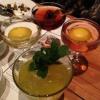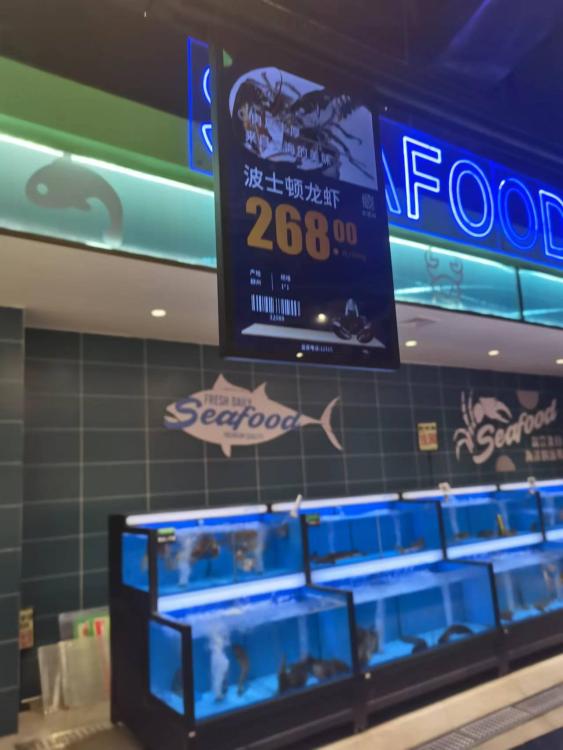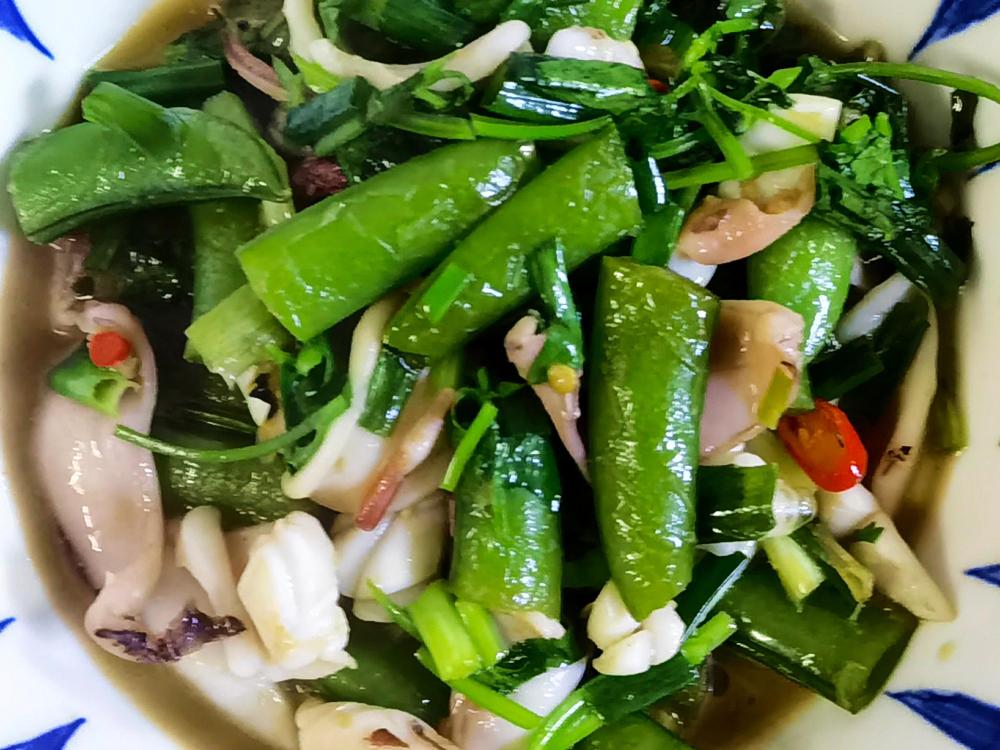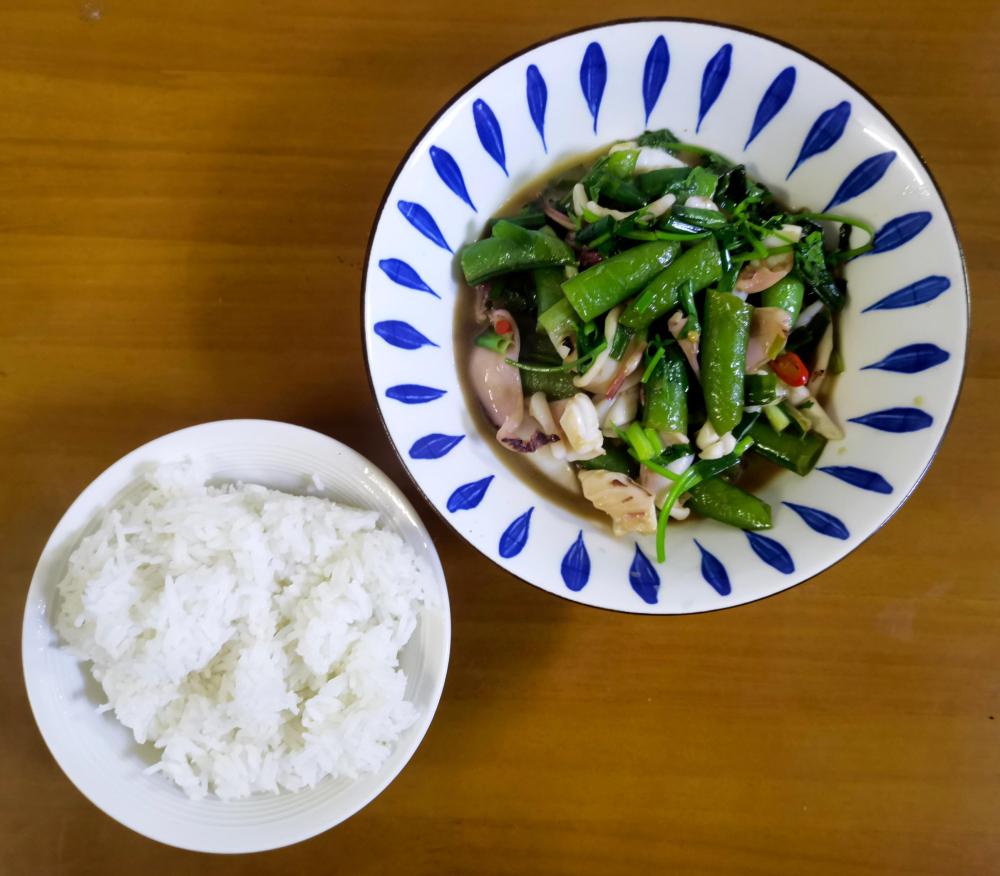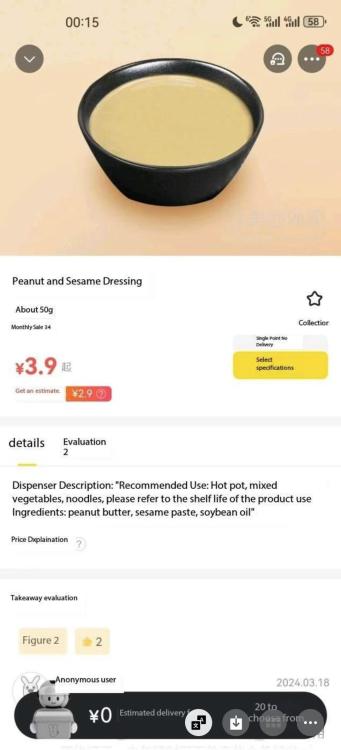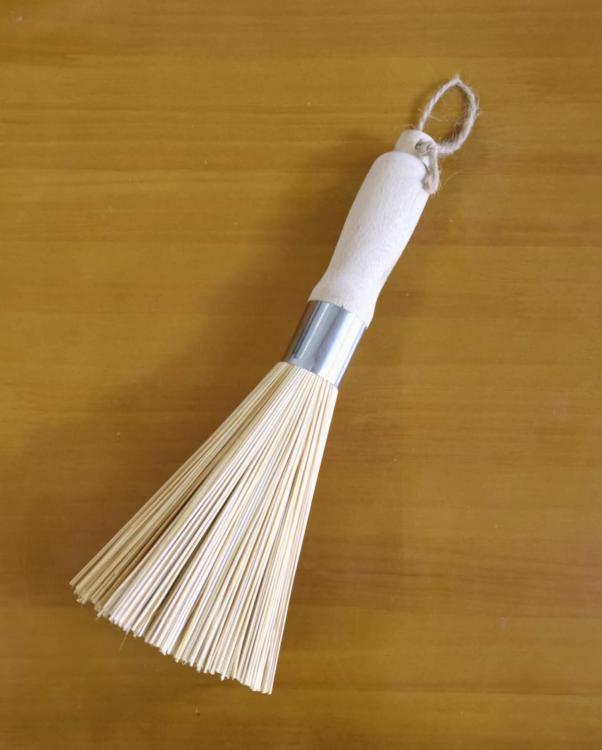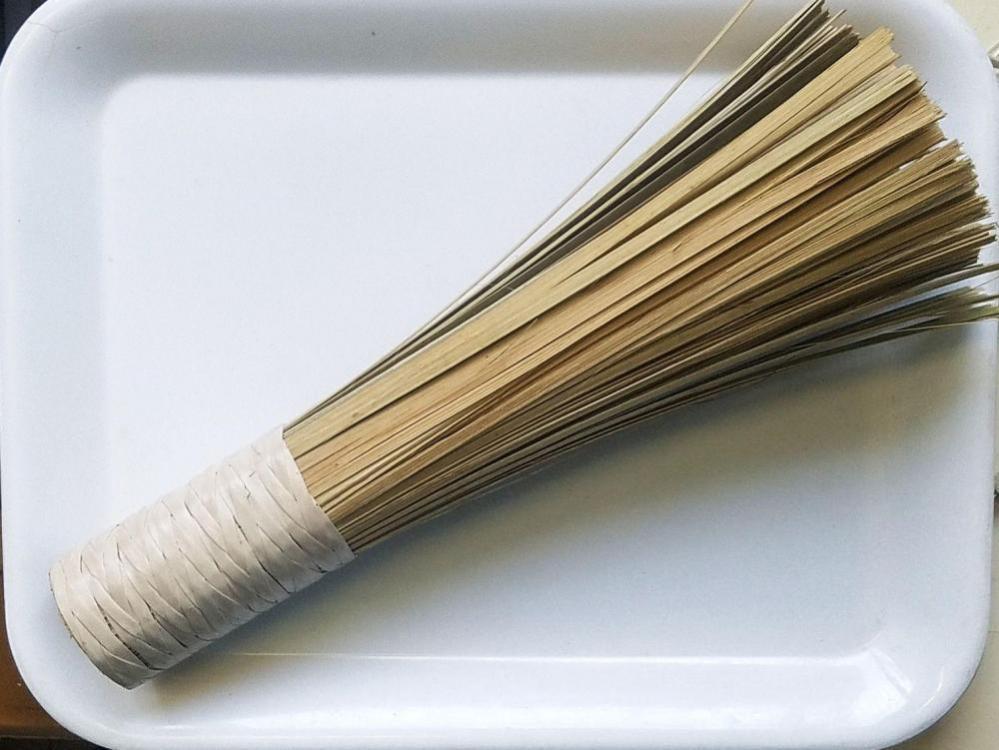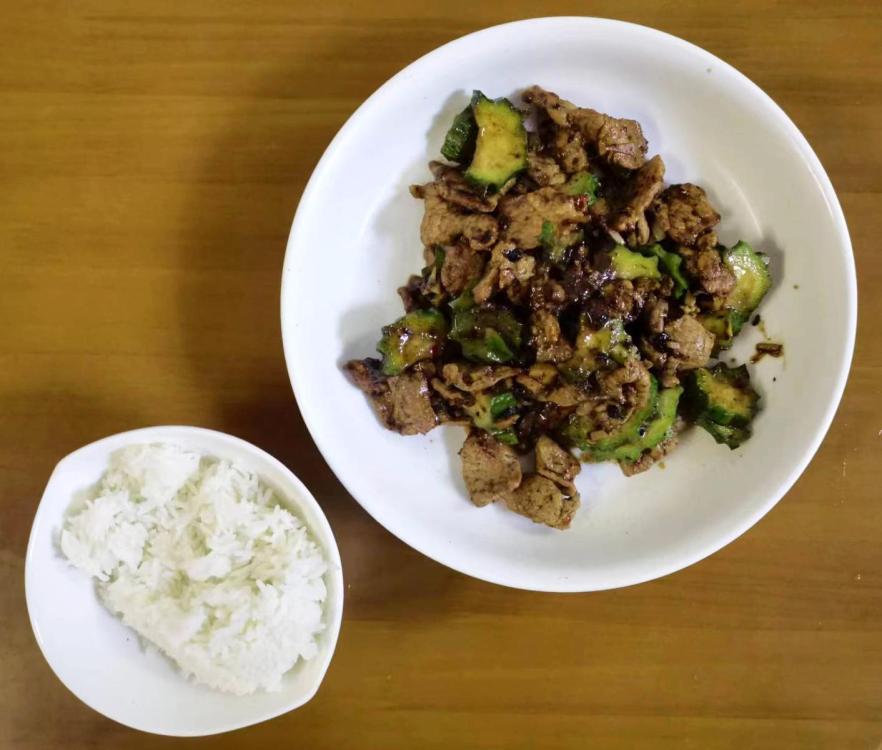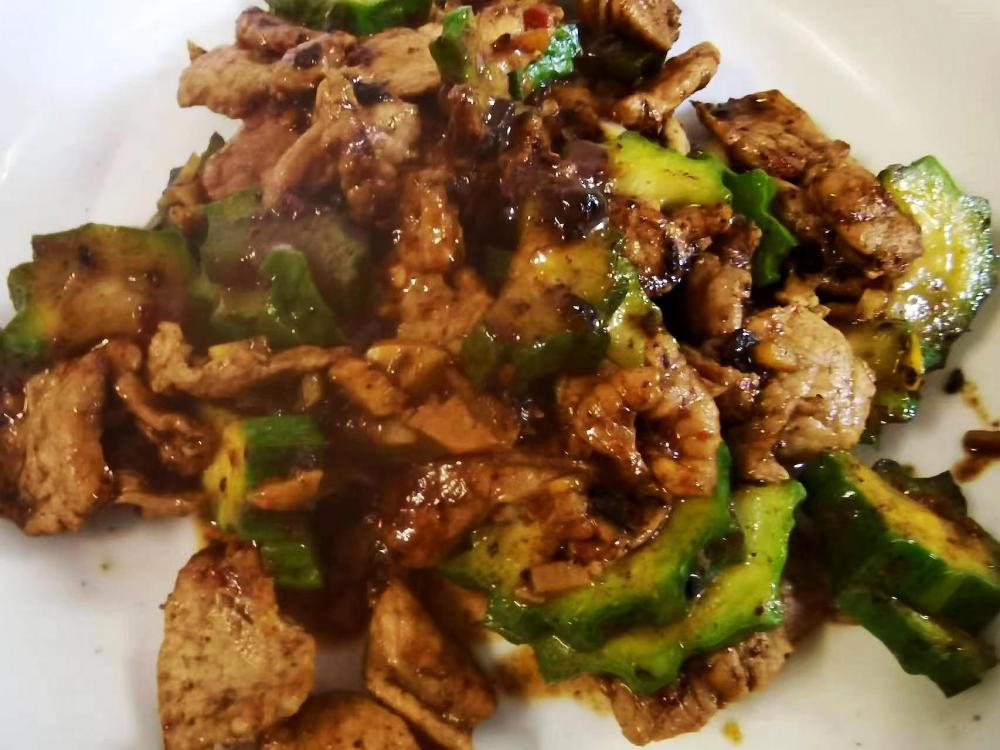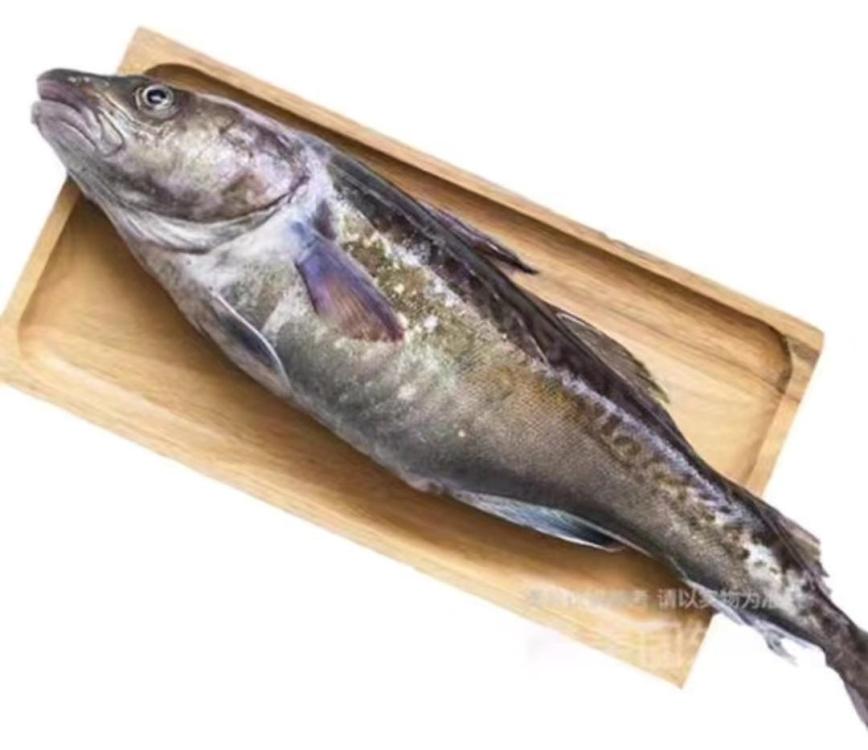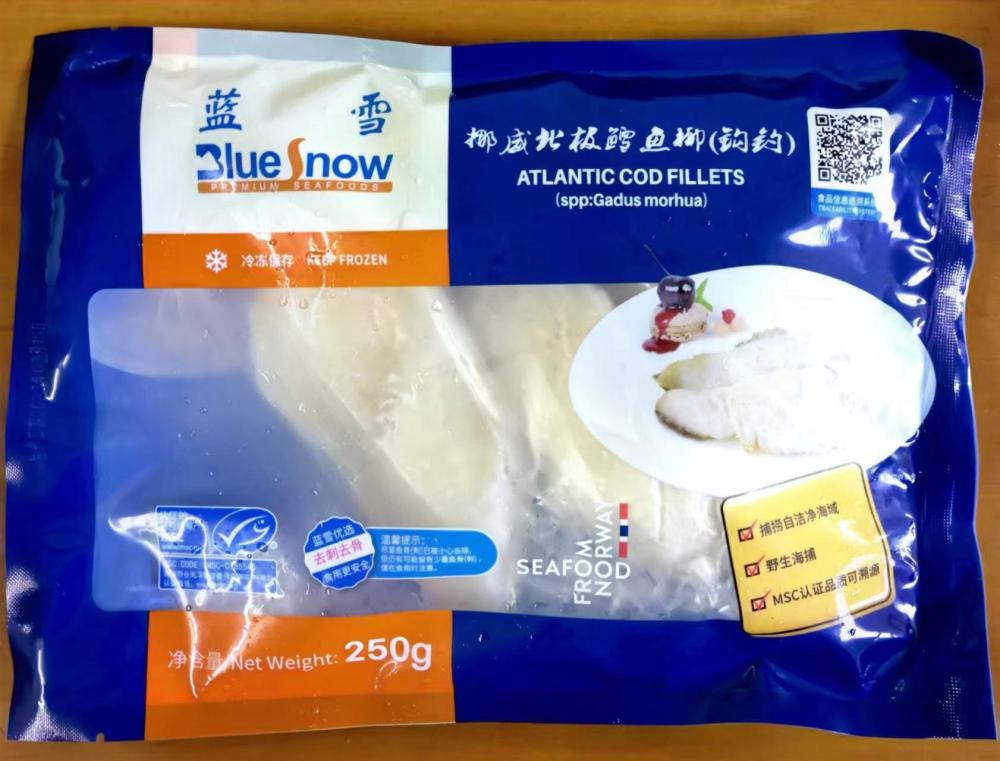-
Posts
15,069 -
Joined
-
Last visited
Profile Information
-
Location
Liuzhou, Guangxi, China
Recent Profile Visitors
43,969 profile views
-
This morning I came across something in my local supermarket that I’ve never seen in any Chinese supermarket before. They were lived and labelled as, and looked like 波士顿龙虾 (bō shì dùn lóng xiā), which are Homarus americanus, Boston Lobster. How they ended up here I’ve no idea. The tank held around a dozen of them. Previously I’ve only been able to order them for delivery, usually 24 hours in advance being required. The Chinese name for lobster is 龙虾 (lóng xiā), which literally means ‘dragon shrimp’. Be careful, though. The extremely popular 小龙虾 (xiǎo lóng xiā), meaning “small lobster” are crayfish. Often restaurants that provide English on their menus omit the “small”. These real lobsters were on sale for ¥268 ($37 USD) per 500 grams (1.1 lbs). Unfortunately, they were in a dark corner of the store and my photos aren’t clear. So, here’s one I had delivered at Christmas from my delivery app. It was slightly more expensive.
-
Squid with snow peas, garlic, ginger, chilli, Chaoshan fish sauce, soy sauce, coriander leaf and Chinese chives. Rice.
-
Shunyi. It's a suburb of Beijing. That said, dog isn't eaten so much in Beijing. Your pork may have been cooked in a similar manner but I'm sure (I hope) it didn't taste similar. It's chewy and rather off-tasting. Like nothing I've ever eaten before or since.
-
Dogs are eaten here; there is a dog restaurant across the road from my home. Rather unpalatable meat. I've talked about that here.
-
Carnivores generally just don't taste that good, IMO. Then there are the vitamin A problems. Pigs have become omnivorous due to humans, but are naturally herbivorous when left to their own devices. Carnivorous seafood is the big exception to the 'taste bad' notion, although many species are vegetarian. The worst things I've eaten so far are cØrn and swan.
-
担担面 (dàn dàn miàn*) in Sichuan does not use peanut butter; it sometimes, but not always, uses sesame paste and is sometimes, but not always, garnished with raw peanuts. It is was originally a street food snack dish which with no standard recipe. All the recipes I've seen in English are very American-Chinese with ingredients from all over China that would be unlikely to be used by street vendors in Sichuan if even available. I’m reasonably certain peanut butter powder doesn’t exist in China; a search in Chinese on Chinese search engines reveals nothing. * The official Mandarin transliteration in China. Tan Tan is just an older, outdated transliteration never used in China and now mainly only used in America
-
Not a lot. It's not that common, but Skippy is available and there are Chinese brands, too. It is used in noodles sometimes, yes. However, the most common use here is in SE Asian style saté sauce and is used as a dip. More here. Here is a screen shot of a peanut and sesame sauce (with computer translation) from my local delivery app. First time I've seen it!
-
What a fun packed life I live! Today I bought a new wok brush. The Present Its handle is a different shape from the ones I've being buying for decades! I'd better go lie down before I get over-excited. The Past
-
Stir-fried pork with ridged luffa. garlic, sand ginger, black fermented beans, Shaoxing wine, Chaoshan fish sauce. Rice.
-
I know I'm not their demographic but give me a break! Heinz and Mattel join forces to create pink 'Barbiecue' sauce and, of course, it's vegan.
-
I'm not a big fan of garlic presses. I have, however, had this one for about twenty years. It's a no name brand from my local supermarket. The good thing about it is that the mesh part the crushed garlic goes through is removable, making for easier claning. Although I use garlic almost every day, I prefer to use a Chinese cleaver to just bash it or chop it depending on what I'm cooking. Even easier cleaning, too.
-
I'm so jealous. Although rhubarb is native to China, it is never sold in food stores. It all goes to be dried as Traditional Chinese Medicine (TCM) to cure absolutely nothing! What a waste.
-
Not quite. Nam yu, 南乳, Mandarin nán rǔ is made using regular white rice which has been infested with a red yeast, Monascus purpureus. It is the yeast which colours the tofu. It is also called 红腐乳 (hóng fǔ rǔ) with both names appearing on some labels. The seasonings can vary; it doesn't usually have 5-spice round here. I've never had it with daikon, but often with lotus root.
-
鳕鱼 (xuě yú), Gadus morhua is Atlantic cod. The first character is made up of two parts. On the left we have 雪 (xuě) meaning ‘snow’and on the right 鱼 (yú) meaning ‘fish’. So, ‘snow fish’, presumably due to its white flesh. Like salmon above, cod is imported from Norway, but is an only moderately popular fish here. It is mainly sold as frozen cod steaks sliced at right angles to the spine and more rarely as fillets sliced parallel to the spine. It seldom sold fresh, but when it is, it is again normally as steaks. Whole fish are also occasionally available in various sizes. A 650-750 gram / 23-26½ oz fish sells at around ¥115 / $16 USD. I’ve never seen it cooked any other way than by steaming it, China’s default for white fish. I use fillets for fish and chips, which, when you think about it, is really also steaming it – albeit inside a crisp fried batter.
-

"Trademark bully": Momofuku turns up heat on others selling "chili crunch"
liuzhou replied to a topic in Restaurant Life
Metonymy.








